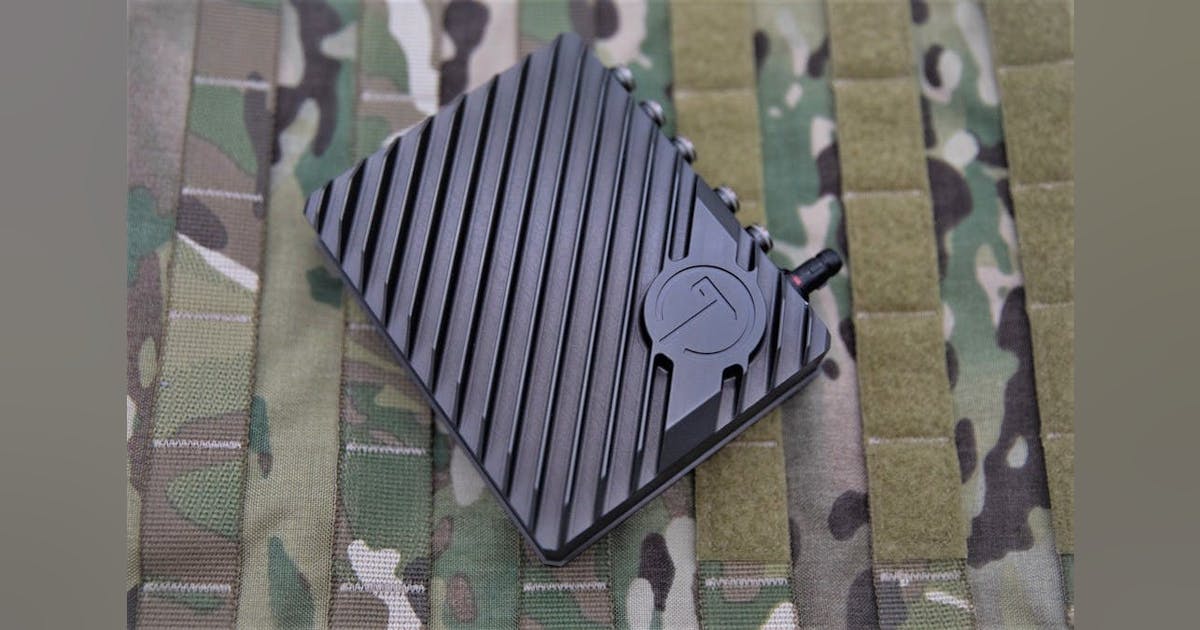
FORT DETRICK, Md. – U.S. Army battlefield medicine experts needed a soldier-worn computer to enable medics to document patients autonomously through passive sensors and artificial intelligence (AI) algorithms. They found their solution from Tomahawk Robotics in Melbourne, Fla.
Officials of the Army Medical Research Acquisition Activity at Fort Detrick, Md., announced a sole-source contract to Tomahawk Robotics last month for KxM Edge compute devices with peripheral items. The value of the contract has yet to be negotiated.
The goal is for the autonomous documentation to work completely without network connection while documenting patients on the battlefield. This requires the AI algorithms to run on person in real time.
This technological challenge has only has one solution, Army officials say: wearable computers at the edge with general-purpose graphics processing units (GPGPUs) that can run AI algorithms that use video as input.
Related: Top enabling technologies for the warfighter in the 2020s
Running AI algorithms typically require a graphics processing unit (GPU) to handle heavy graphical processing. Edge compute devices also typically have peripherals like custom housing, input and output ports, and custom software for integration with other systems.
The Tomahawk Robotics family of KxM edge computers are built with NVIDIA GPUs and the Kinesis Ecosystem software that in addition to battlefield medical applications, also are for 2D and 3D mapping, electronic warfare (EW), and signals intelligence (SIGINT).
The Kinesis Ecosystem can help with applications like collaborating surveillance unmanned aircraft as part of a heterogeneous swarm, autonomously searching for targets of interest and sending coordinates to connected users.
Related: Top technology challenges this decade for the warfighter
Built with an open architecture, the KxM supports hardware standards such as Nett Warrior and integrates with standard MOLLE mounting for wearable low-profile edge processing.
The rugged KxM computer helps users ingest large amounts of data for high-speed, body-worn computation at the tactical edge, reduce cognitive load, and fuse raw intelligence data for real-time decision-making.
For more information contact the Army Medical Research Acquisition Activity online at https://usamraa.health.mil/Pages/Main01.aspx, or Tomahawk Robotics at www.tomahawkrobotics.com.
